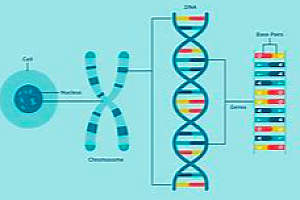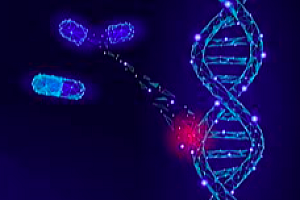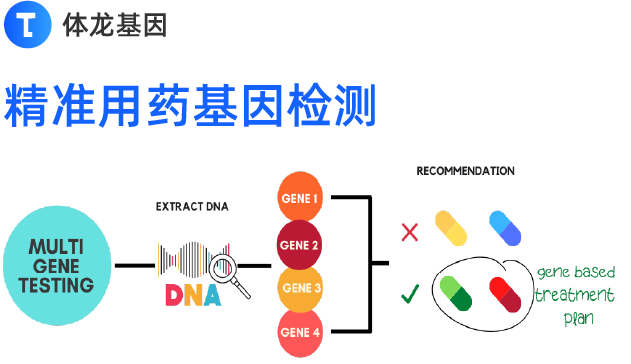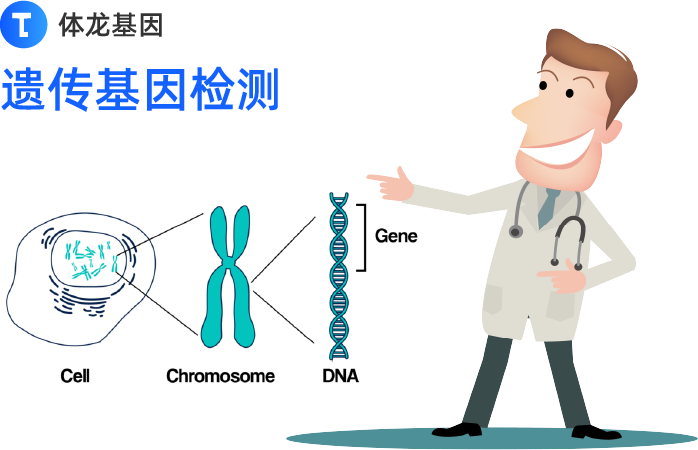来自瑞士日内瓦大学,德国柏林大学医学院等处的研究人员发表了题为“The Alarmin Interleukin-33 Drives Protective Antiviral CD8+ T Cell Responses”的文章,获得了前所未有的发现——当面对病毒侵袭的时候,免疫系统还有另外一种可以用于对付病毒攻击的基础机制,这将可以用于疫苗研制,帮助防治传染疾病和癌症,相关成果公布在Science杂志上。
杀伤性T细胞,也称为细胞毒性T淋巴细胞(cytotoxic T lymphocytes),是免疫系统中的一种关键作用因子,这些细胞能特异性识别并杀死带有病毒或者细菌的细胞,还有癌细胞。研究认为细胞毒性T淋巴细胞未来很可能用于针对艾滋病,丙肝,疟疾,以及癌症的疫苗研制中。
长期以来,科学家们都认为人类病毒感染后,免疫系统就会召集T淋巴细胞“军队”,但这是如何召集的,又是谁来决定的呢?研究人员认为这是由能特异性识别病毒的树突细胞完成的,这种细胞具有特异性分子结构——病原体相关分子模式(pathogen-associated molecular patterns,PAMPs),因此在侦查出一个病原体后,树突细胞就能协调细胞毒性T淋巴细胞。
但是在最新这篇文章中,Max Loehning,Daniel Pinschewer两位教授首次提出了免疫系统反击的另外一个基础机制:在病毒杀死某些细胞后,这些细胞能释放各种分子,包括一些非常独特的分子——研究人员将其称为损伤关联分子模式(damage-associated molecular patterns,DAMPs)。通过这一微型战场上的分子碎片,DAMPs发出明确信号,警告机体目前已受到损伤。
研究人员怀疑细胞毒性T细胞的攻击性与一种特殊DAMP密切相关,这就是白细胞介素33(IL-33),这种细胞中的蛋白一般排列在脾脏和淋巴结壁上,这两者就是细胞毒性T淋巴细胞的“家”。因此当这些细胞被病毒杀死后,细胞释放的白细胞介素33立即就会通知细胞毒性T细胞进行全力攻击。
目前研究人员已经在小鼠实验中证明了这一机制,如果机体无法识别白细胞介素33,那么就容易被感染,反过来说,白细胞介素33也可以用于增加T淋巴细胞的数量和攻击性。这也就说明了这一成分可以用于疫苗研制中。
Loehning教授和Pinschewer教授解释道,PAMPs和DAMPs的作用在反击准备阶段可能是互补的,“PAMPs警告树突细胞,聚集杀伤性T细胞,但是最开始杀伤性T细胞的攻击还很温和,当DAMP释放出来后,免疫系统就开始了全力攻击。”
原文摘要:
The Alarmin Interleukin-33 Drives Protective Antiviral CD8+ T Cell Responses
Pathogen-associated molecular patterns decisively influence antiviral immune responses, whereas the contribution of endogenous signals of tissue damage, also known as damage-associated molecular patterns or alarmins, remains ill defined. We show that interleukin-33 (IL-33), an alarmin released from necrotic cells, is necessary for potent CD8+ T cell (CTL) responses to replicating, prototypic RNA and DNA viruses in mice. IL-33 signaled through its receptor on activated CTLs, enhanced clonal expansion in a CTL-intrinsic fashion, determined plurifunctional effector cell differentiation, and was necessary for virus control. Moreover, recombinant IL-33 augmented vaccine-induced CTL responses. Radio-resistant cells of the splenic T cell zone produced IL-33, and efficient CTL responses required IL-33 from radio-resistant cells but not from hematopoietic cells. Thus, alarmin release by radio-resistant cells orchestrates protective antiviral CTL responses.
(责任编辑:labweb)














